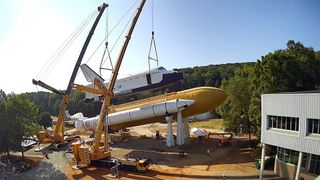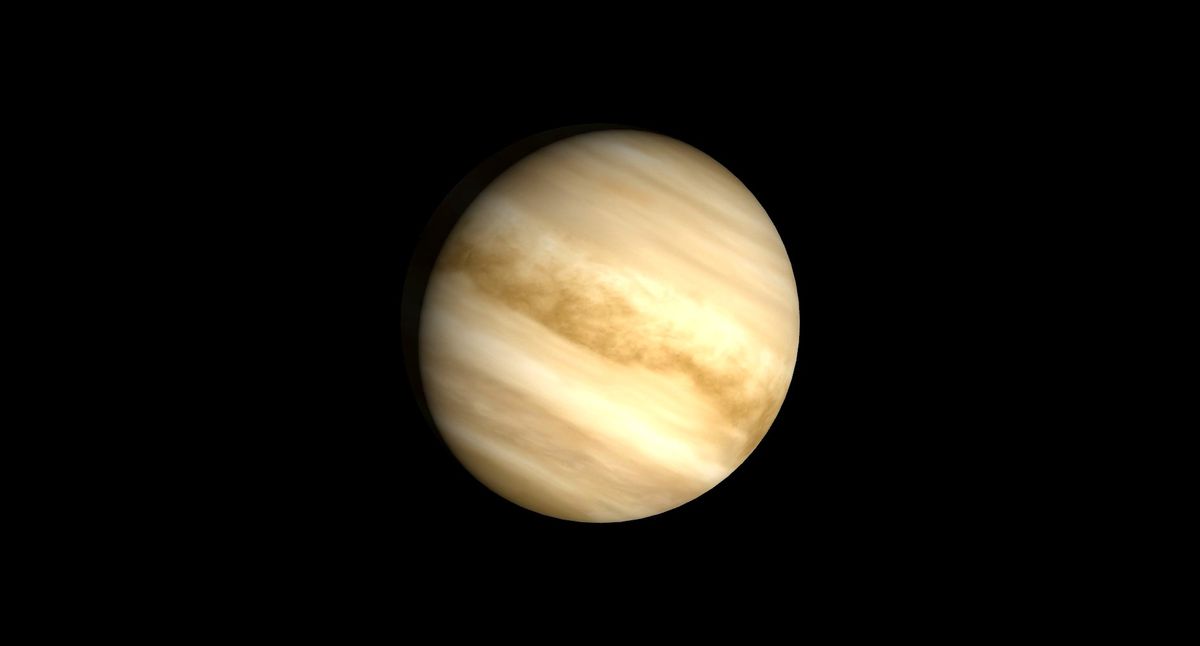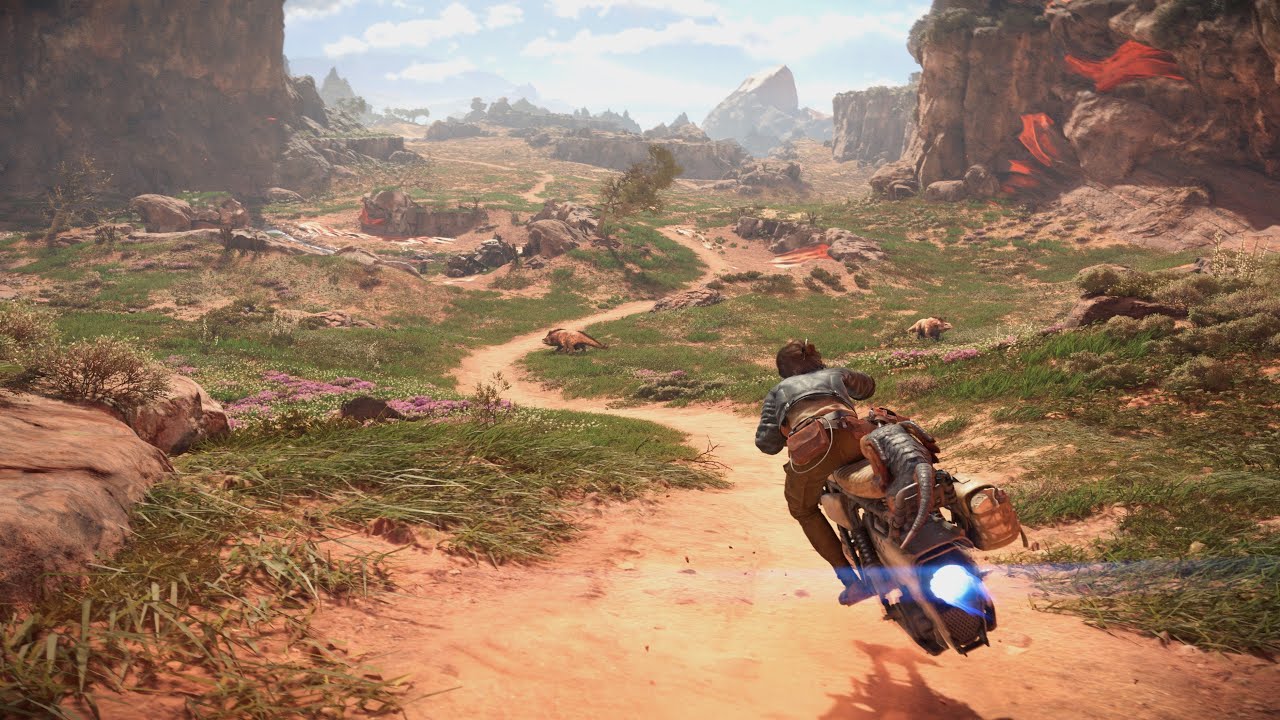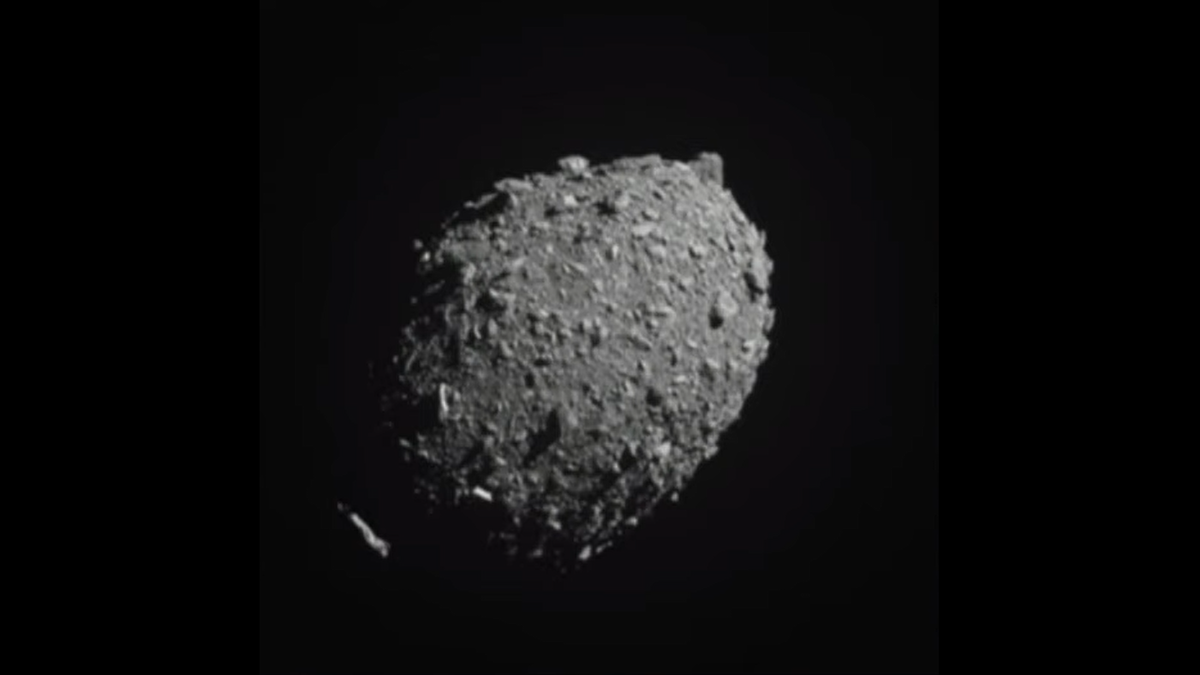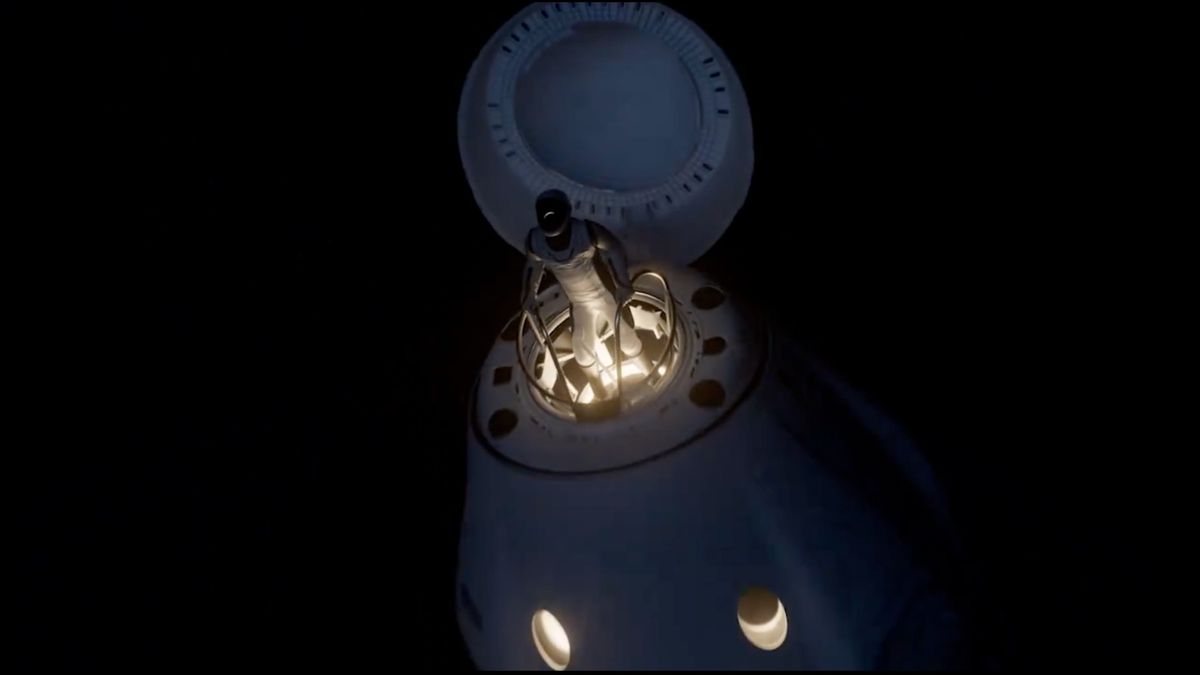Pathfinder is back in its “space,” three and a half years after it “landed” on Earth. An early mockup of NASA’s now-retired winged orbiters, Pathfinder was returned to its position atop a space shuttle propulsion “stack” at the U.S. Space & Rocket Center in Huntsville, Alabama on Wednesday morning (Aug. 28). The lift signaled that a multi-million-dollar restoration effort is nearing completion. “Returning Pathfinder to the shuttle stack after an extensive restoration process is a major milestone for us,” Kimberly Robinson, CEO and executive director of the Space & Rocket…
Read MoreCategory: Solar System
Our solar system
Scientists find surprising clue about Venus’ past in its atmosphere
Scientists have observed something unexpected in Venus’ atmosphere — an increase in the level of deuterium relative to hydrogen. Okay, sure, that doesn’t sound like the most exciting statement. However, the consequences of this discovery could actually upend our current understanding of the amber world. As it turns out, it would affect our assumption that Venus is a perpetually barren, inhospitable planet. Here’s how. “Venus is often called Earth’s twin due to its similar size,” said Hiroki Karyu, a researcher at Tohoku University and one of the study’s scientists, in…
Read More‘Star Wars Outlaws’ enters our galaxy this week! Watch the new launch trailer (video)
Star Wars Outlaws: Official Launch Trailer – YouTube Watch On After what might seem an interminably long wait, Massive Entertainment and Ubisoft’s third-person sci-fi adventure game, “Star Wars Outlaws,” arrives Tuesday, Aug. 27 in early access for those who ponied up a bunch more pennies for the Gold Edition, Ultimate Edition, or a Ubisoft Plus membership, prior to its standard global release on Friday, Aug. 30 for Playstation 5, Xbox Series X/S, and PC. An energetic new launch trailer for “Star Wars Outlaws” was recently introduced this past Thursday at…
Read MoreNASA’s DART asteroid crash really messed up its space rock target
Rogue asteroids, to put it simply, pose a threat to Earth. Though there hasn’t been a cataclysmic event in about 65 million years, that’s not to say there haven’t been nail-biting moments during space rock flybys — in 2013, for instance, the Chelyabinsk asteroid slammed into Earth’s atmosphere “blazing like a second sun” and sending shockwaves through the surrounding area. Space agencies around the world understandably want to be prepared. To this end, NASA launched the Double Asteroid Redirection Test (DART) spacecraft in 2022, its first mission dedicated to demonstrating…
Read MoreSpaceX Polaris Dawn astronauts will conduct high-flying research in Earth orbit
Call it one high leap for astronaut science. The Polaris Dawn mission, funded by billionaire entrepreneur Jared Isaacman, is scheduled to launch on a SpaceX Falcon 9 rocket no earlier than Tuesday morning (Aug. 27). It has two major operations goals: to perform the first-ever private spacewalk and to fly higher than any crewed spacecraft since the Apollo era, at about 870 miles (1,400 kilometers). The four-person crew includes Isaacman as commander (who previously funded and commanded the private Inspiration4 orbital mission in 2021); pilot Scott “Kidd” Poteet, a business…
Read MoreBlue Origin’s next space tourism flight will launch on Aug. 29
Blue Origin will launch its eighth human spaceflight this week, if all goes according to plan. Jeff Bezos‘ company is targeting Thursday (Aug. 29) for NS-26, its latest suborbital space tourism mission. The reusable New Shepard rocket-capsule combo is scheduled to lift off from Blue Origin‘s West Texas site at 9 a.m. EDT (1300 GMT; 8 a.m. local Texas time). You’ll be able to watch the action live: Blue Origin will livestream the launch, beginning at 8:20 a.m. EDT (1220 GMT). The crewmembers for NS-26, Blue Origin’s next suborbital space…
Read MoreMattel rolling out Matchbox toy of SpaceX’s Tesla astronaut transport
As SpaceX’s next commercial astronaut mission rolls out for launch, Mattel is counting down to the release of its latest Matchbox toy based on the space company’s vehicles. Unlike Mattel’s earlier sets, which were modeled after spacecraft and rockets, this upcoming issue is more of a natural fit for the iconic line of die-cast cars. Matchbox’s 1:64 scale version of SpaceX’s Crew Transport Vehicle is set to arrive in U.S. stores on Oct. 1 for $1.25 each. The full-size crew transport vehicles will be back in use tonight (Aug. 26),…
Read MorePhysicists find superconductor behavior at temperatures once thought ‘impossible’
Scientists have found a key process required for superconductivity occurring at higher temperatures than previously thought. It could be a small but significant step in the search for one of the “holy grails” of physics, a superconductor that operates at room temperature. The discovery, made inside the unlikely material of an electrical insulator, reveals electrons pairing up at temperatures of up to minus 190 degrees Fahrenheit (minus 123 degrees Celsius) — one of the secret ingredients to the near-lossless flow of electricity in extremely cold superconducting materials. So far, the…
Read MoreNASA challenged the public to make ‘deep space food’ — here are the winners
The winners The challenge began in 2021 and, to date, has included more than 300 teams from 32 countries.; the endeavor is also split between NASA and the Canadian Space Agency (CSA).Winners were selected during the first two phases of the competition, and the final, Phase 3, began in September 2023. Four American teams were awarded $50,000 each and invited to compete in the third and final phase of the competition, during which they had to construct a full-scale model of their food production system and demonstrate how it works.…
Read MoreHow SpaceX’s historic Polaris Dawn private spacewalk will work
Polaris Dawn is poised to make history. The SpaceX mission, which is scheduled to launch early Tuesday morning (Aug. 27), will send four people to orbit for five days aboard a Crew Dragon capsule. That quartet will get farther from Earth than any human since the Apollo era — and two of them will perform the first spacewalk ever conducted by a private mission. Here’s a brief rundown of what to expect during the epic Polaris Dawn spacewalk, which you’ll be able to watch live, via a SpaceX webcast. Mission…
Read More